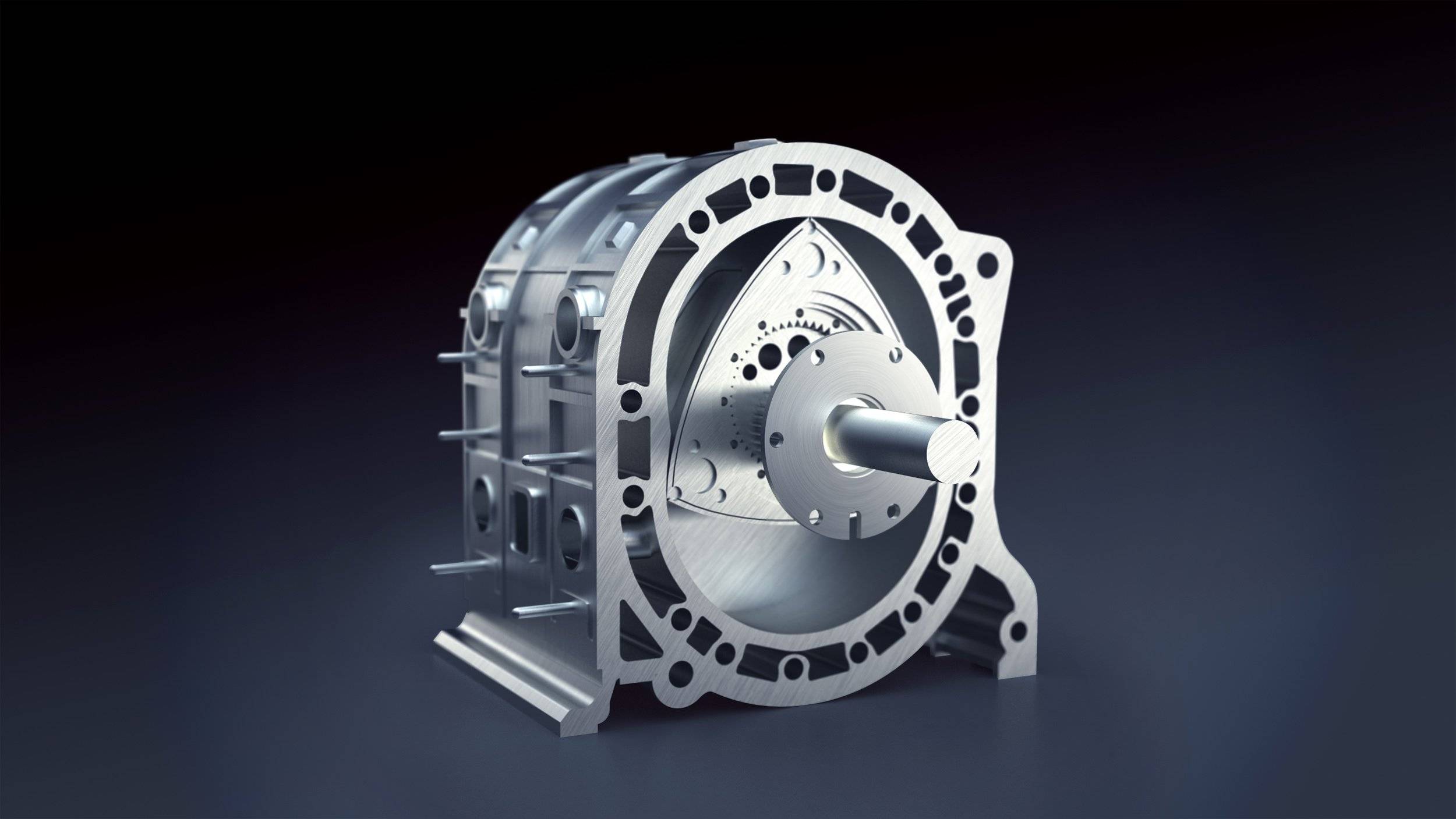This post was first published on 13th June 2014.
What’s the one thing that is common between a 1975 Suzuki RE5 motorcycle and a Mazda Taiki supercar? Believe the answer would be – the Engine. Both these vehicles are powered by an engine called the ‘Wankel Engine’.
Ranging from a simple single cylinder engine that powers our motorcycles with great mileage, to advanced SCRAM jet engine that propels hyper-sonic airplanes to an astonishing speed of 10,000 km/h, IC engines have evolved over the years. There are many varieties of IC engines based on their working cycles, construction, application, fuel used etc.
In general, the Cylinder & Piston based IC engines are the ones that come to our mind most naturally. Engines of this type are the most commonly used engines for powering many types of automobiles ranging from a scooter to a Scuderia. As we are all aware of these engines, let’s look at an engine that’s not new but seems promising.
Wankel engine was invented by a German engineer named Felix Wankel. The patent for the Wankel engine was granted in the year 1929 and a working prototype was realized by Felix Wankel in the year 1957 at NSU Motorenwerke AG, present day Audi.
The present-day Wankel engine was invented by Hanns Dieter Paschke, an engineer from NSU in the year 1957. Unlike a reciprocating engine, the Wankel engine does not include a crankshaft, camshaft or a connecting rod and so on. It has a 3-sided symmetric rotor driven by an eccentric shaft, inside an oval-shaped housing. Seals are provided at the sides of the symmetric rotor, the rotation of the rotor seals against the inner periphery of housing forming a closed chamber.
The process such as suction, compression, combustion and exhaust are produced in a single rotation of the 3-sided symmetric rotor. One complete rotation of the eccentric shaft produces 3 power strokes through the 3-sided symmetric rotor thereby producing more output than a piston engine of the same size. Further, the Wankel engine is very compact, producing lower noise, involving fewer parts than an piston engine, offering no vibration among other things.
However, the Wankel engine has its own disadvantages. The main problem with it is the reliability of the sealing made by the symmetric rotor, high fuel, oil consumption, high emissions, all of which have limited their use in recent decades.
Though many automakers such as GM, Mercedes, Mazda and others have shown their interest in the Wankel engine, very few have implemented it in their production models. Mazda (known for their RX series sports cars powered by the RENESIS Wankel engine) from Japan is a pioneer in employing and developing Wankel engines. Mazda’s RX-8 was the last in their line and the production of these cars was halted in the year 2012. The 2-rotor, 1.3 litre naturally aspirated RENESIS Wankel engine generates around 238 HP for the RX-8.
The CEO of Mazda has shown a keen interest in Wankel engines and asserted that future cars in their production lines may involve Wankel engines. Norton from UK and Suzuki from Japan are few of the motorcycle manufacturers who extensively adopted Wankel engines with little success. At present, there are no motorcycles powered by the Wankel engine.
However, recent developments have made a revival of the Wankel engine a possibility. New seal materials can reduce oil consumption and improve durability. The addition of direct fuel injection helps in reduced fuel consumption and emissions by preventing unburned fuel from flowing out through the ports when the rotor rotates. Besides being used as the main powerplant for powering vehicles they are most likely to be used in future as range extenders for electric/hybrid vehicles due to their compact size and high power to weight ratio.
Image: here



